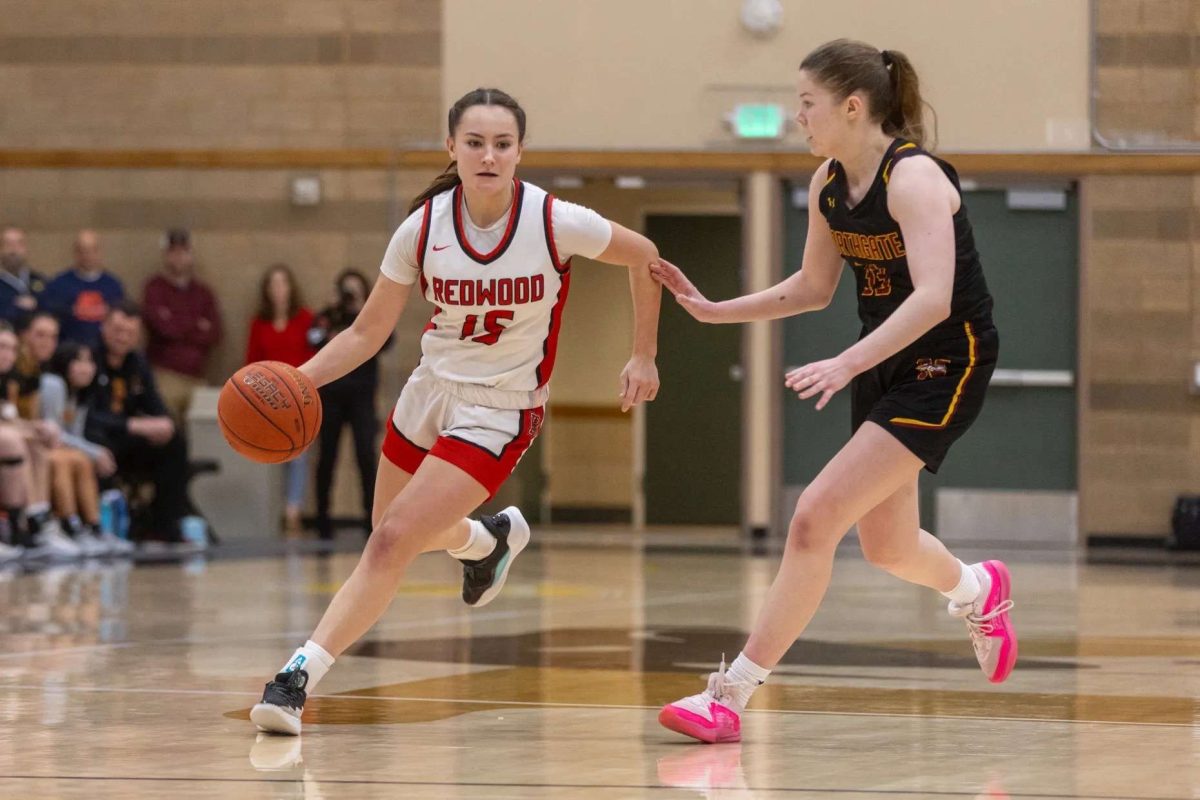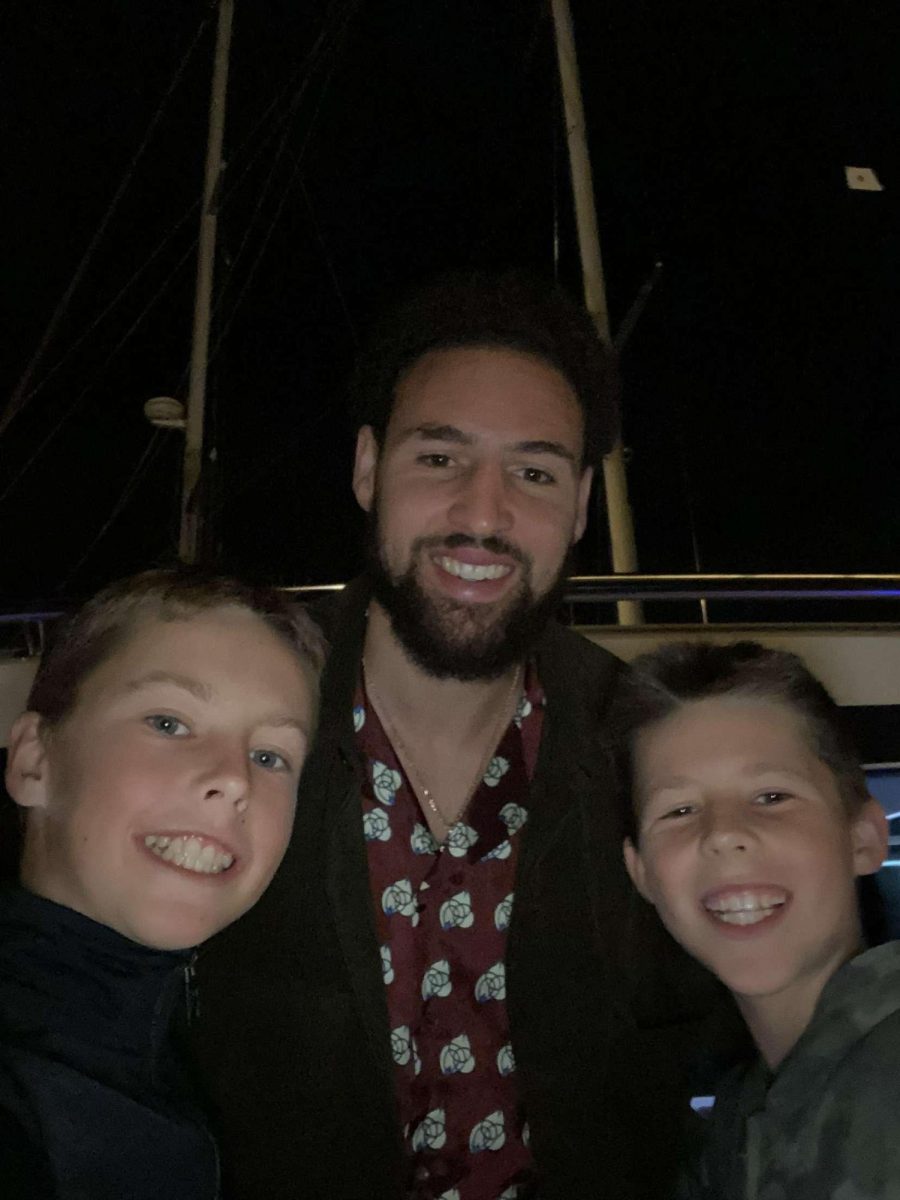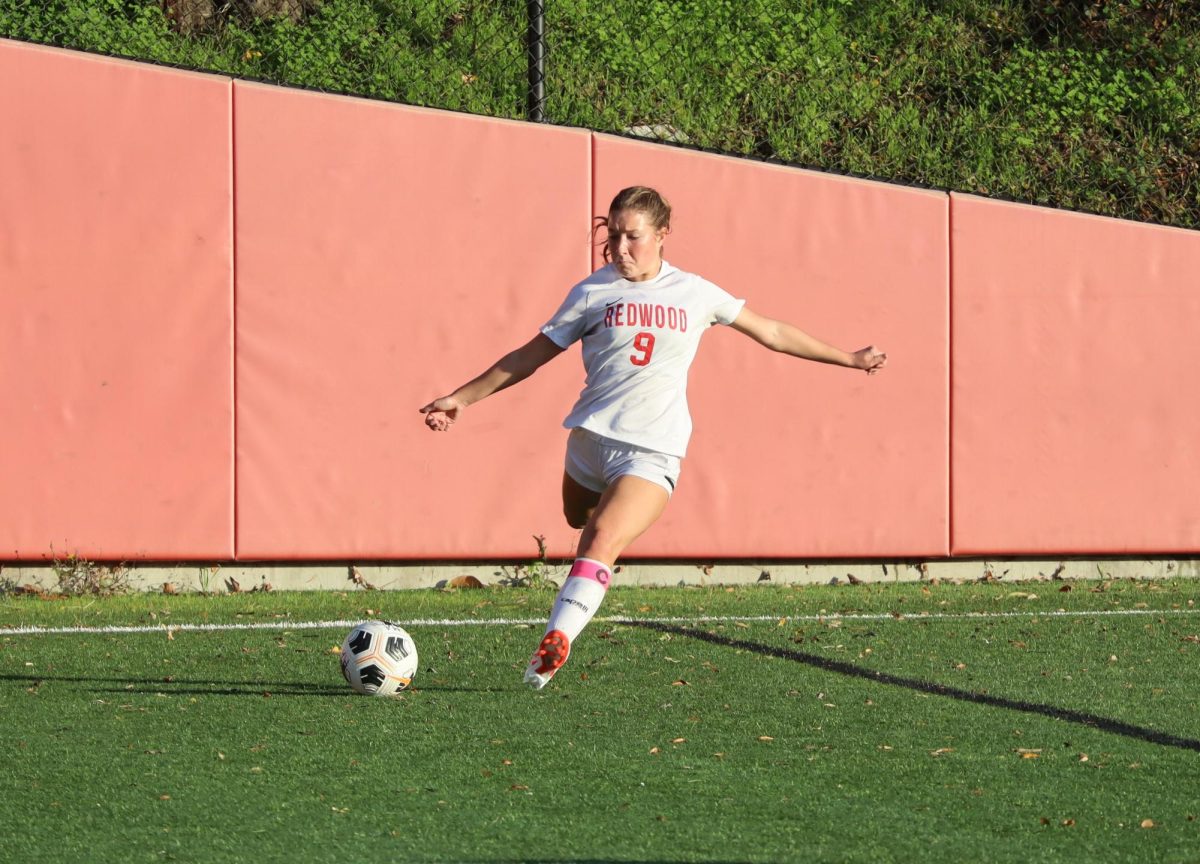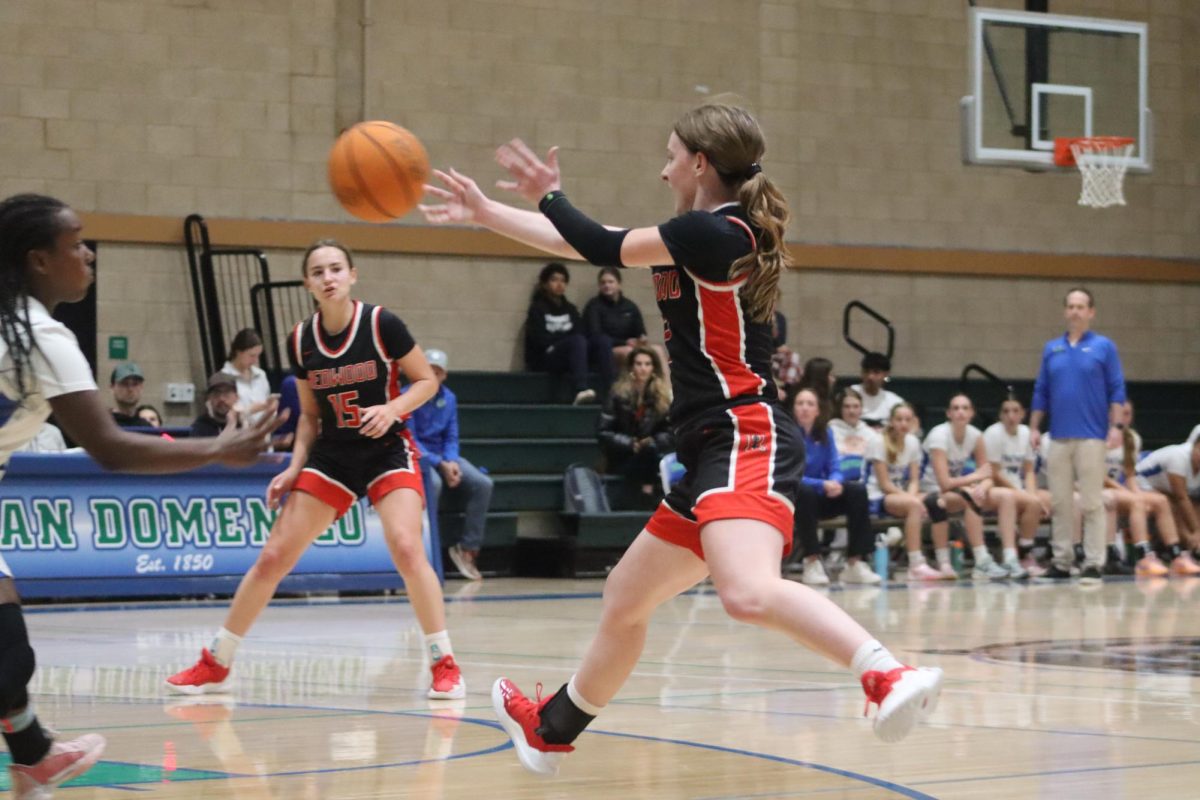For professional athletes, one injury can end a career, providing a clear incentive to hide the injury and to play through the pain.
But even at the high school level, 58 percent of student-athletes who have been injured reported having felt pressure to play sports while injured, according to a December Bark survey. The reasons range from fear of letting down teammates to worries that missed training time could cause a deterioration of skills.
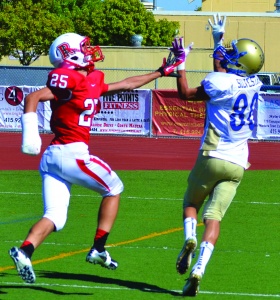
Senior Brian Hunca has sustained a concussion, as well as broken bones in both his neck and his hand, while playing football. Hunca modified his recovery plans for his neck and hand injuries so to return to football sooner.
“At first my doctor said, ‘don’t play football again,’ but I stayed with the neck exercises, and my neck healed surprisingly quickly,” he said.
After breaking his hand, Hunca was told by his doctor he would wear a cast for about six weeks, but Hunca removed it himself after a week and a half. In fact, Hunca played in a football game in a cast two days after the injury.
Junior Navid Izadjou broke his thumb during his sophomore year while playing football, but he decided against going to the doctor until the end of the season because he knew he would not be cleared to play.
“I’d play, make a tackle, and when I’d stand up my thumb would be limp and I would have to click it back into place,” Izadjou said.
Izadjou said the pressure to play through injuries is very high, especially in football.
“And with painkillers and braces and all that stuff, you’re looked at like unless it’s something that’s holding you back from your daily life really bad, you should be suiting up and playing,” Izadjou said.
Senior Will Finnie, the varsity soccer goalie, also has dealt with a broken thumb to continue playing. Finnie, who has had hand injuries throughout his high school career, played this year with his thumb not only broken but also dislocated, choosing to deal with the pain because he did not want to leave his teammates without a goalie.
“I could play through it just as long as I wrapped it up myself,” said Finnie. “I knew that if I were to go my coaches or trainer it could mean I wouldn’t be able to play and I knew my role on the team was one where I needed to be there day in and day out.”
Two varsity rowers for the Marin Rowing Association also said they trained and competed through injuries because they felt a responsibility to their team. Junior Julian Goldman injured a rib while in Bulgaria for the Junior World Championship, but did not take time off because he did not want to let his boat down. Fellow junior Seb Pavlina injured a tendon in his back last summer at a race in Canada, but he also kept quiet until he returned home.
“I couldn’t not race,” Pavlina said. “They needed me. There was no one to take my place.”
Doctor’s Orders?
Goldman said he has continued rowing because he does not think his injury is severe enough to warrant missed time.
“My coach suggested I take time off but I didn’t,” Goldman said. “Time off is time lost that I could be training.”
Whereas Goldman’s coach told him to rest, some coaches encourage playing through minor pain. Varsity football coach Corky Henderson stressed the difference between injuries and pain.
“We don’t expect anybody to play with a serious injury,” Henderson said. “But you have to know the difference between just hurting and being injured. With football, you’re always hurting – everything’s strained or torn or muscle pain.”
Izadjou said he felt pressure in the football environment to compete while injured.
“My coach was aware I was having hand injuries because I did play with a brace and I taped it up a lot,” Izadjou said of Henderson. “But he was all towards me playing with my injuries and he’s always been – he was a Marine and he’s probably one of the tougher people you’ll meet in your life. Injuries, to him, are common occurrences – you just have to push through. Players being tough is something that he values. It was expected of me [to play] based on how he views injuries. I did feel pressure to play and I obliged.”
However, Izadjou said in the end, Henderson left the decision in the player’s hands.
“He gave me full say in what I needed to do and I told him I wanted to play.”
Athletic trainer Americ Alvarado said he often deals with students who play even when he tells them not to.
“Sometimes they will go around my advice,” Alvarado said. “A lot of kids will wrap it up and say, ‘It’s fine, I believe in myself.’”
But some athletes do not even talk to trainers, coaches, or parents about their injuries.
Sophomore Tamara Frangoul, who dealt with a stress fracture in the Lumbar part of her spine while training for track, basketball, and Tae Kwon Do, said she hid her injury from her coaches and parents.
“I ignored and hid the pain because I can’t imagine not playing,” Frangoul said. “I thought that if I rested, I would get worse.”
The Repercussions
Although the extra training time can help improve an athlete’s skills, playing through injuries is not without consequence.
After Izadjou played through a broken thumb his sophomore season, he needed surgery to get a screw put in his thumb, which had also been dislocated. Recurring injuries to his hand and thumb during his junior year kept him out until mid-season and continued bothering him for the remainder of the year.
“My sophomore injury definitely impacted my junior year injuries because a lot of the unsolved problems carried over from my sophomore year,” Izadjou said.
Izadjou, whose x-rays have shown early signs of arthritis, said he has mixed feelings about his decision to play during sophomore year.
“It wasn’t smart at the time, but we were in the run for a championship and I was a vital part for the team so I didn’t go out,” Izadjou said. “Football is really important to me and being tough and being able to push through when its tough too – I strongly believe in that.”
After ignoring his injury, Pavlina is currently unable to row. By the time he got home from the race in Canada, Pavlina was struggling to stand up and walk due to his back pain. Pavlina said he was later diagnosed two bulging discs in his lower back, and that his doctor told him any strenuous activities could pose the risk of permanent injury.
Frangoul has already sustained a permanent injury – cartilage damage to her foot after training with a bunion she has had since she was little.
Junior Peter Joyner, who has been plagued with elbow injuries since his eighth-grade baseball season, said his elbow constantly hurts him throughout the day after he played through pain his sophomore year.
Finnie’s persistence through his injury resulted in damage to the connective tissue in his joints and a need for minor reconstructive surgery on his hand, but he does not regret his choices.
“I would rather play through the pain than not play at all,” said Finnie. “If we had lost games because I wasn’t there, I would have felt worse than if I had just felt pain from playing.”
“I couldn’t play without them”
To deal with the pain of injuries, many athletes turn to painkillers.
Izadjou said that during football season, he took 800 milligrams of Ibuprofen every practice and sometimes up to 1000 milligrams before a game.
“I needed them,” Izadjou said. “I couldn’t play without them.”
Joyner said he took Ibuprofen during baseball season – two pills in the morning and two right before practice.
Izadjou said that although he felt he could not continue playing without taking painkillers, he did not become dependent and he rarely takes painkillers while not playing football.
On the other hand, Pavlina, who took six Advil pills a day while rowing, still takes three Advil pills every other day to deal with his back pain.
Ultimately, Alvarado said he believes students should not play if the injury effects their range of motion.
Alvarado said he does not believe Redwood athletes are pressured to play through injuries.
However, Izadjou said the pressure certainly exists, even moreso for those trying
to get recruited by colleges.
“You need to send in a years worth of tape, a highlight tape of your season and if your injured and can’t play, what do you have to send in?” Izadjou said. “A majority of the athletes have to make a decision they don’t know is right or wrong and they’ll get mixed signals which makes it really tough.”

